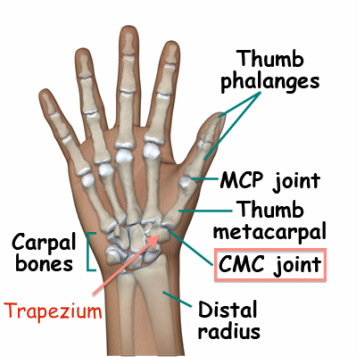|
himanshu.g -> Barre chords technique and conflicting opinions (Jan. 7 2017 22:35:20)
|
Here are the two conflicting opinions, but both of them come from famous guitarists and many other pretty good players.
Opinion-1: Use weight of the arm that is generated by natural arm pull due to gravity , also mentioned as "biceps grip" sometime. And, you must not generate pressure by thumb.
This opinion is expressed in the book "Pumping Nylon" by Scott Tennant. And, also I have heard this same opinion from multiple other classical guitarists on youtube.
Opinion-2: Use the pressure between thumb and fingers (the "squeeze"). And, you must not get pressure from pulling of the arm.
This opinion is expressed in the book "El arte Flamenco De La Guitarra" by Juan Martin. And, also I have heard the same opinion from another very good flamenco player I know.
So, Here is what I could deduce….
Deduction-1: It is due to the different way guitar is held between classical style and non-traditional (PDL cross legged position) flamenco style.
In the classical style, neck of the guitar is at greater angle (from ground, in front view) so your hand is below the neck while playing and there is gravity helping you press and that is why Opinion-1 comes from classical guitar players.
Whereas, in Flamenco cross legged style posture, guitar is not held at that much angle so neck and arm are at pretty much the same height and gravity does not help much. That is why, Opinion-2 comes from flamenco players
Deduction-2: It has nothing to do with classical or flamenco style but just that different people have different hand shapes, lengths and fingers etc , so for some people Opinion-1 works while for some people Opinion-2 works.
Now, for the people here who can play pieces with barre chords easily, what is your technique and does “Deduction-1” or “Deduction-2” sound appropriate to you?
|
|
|
|


